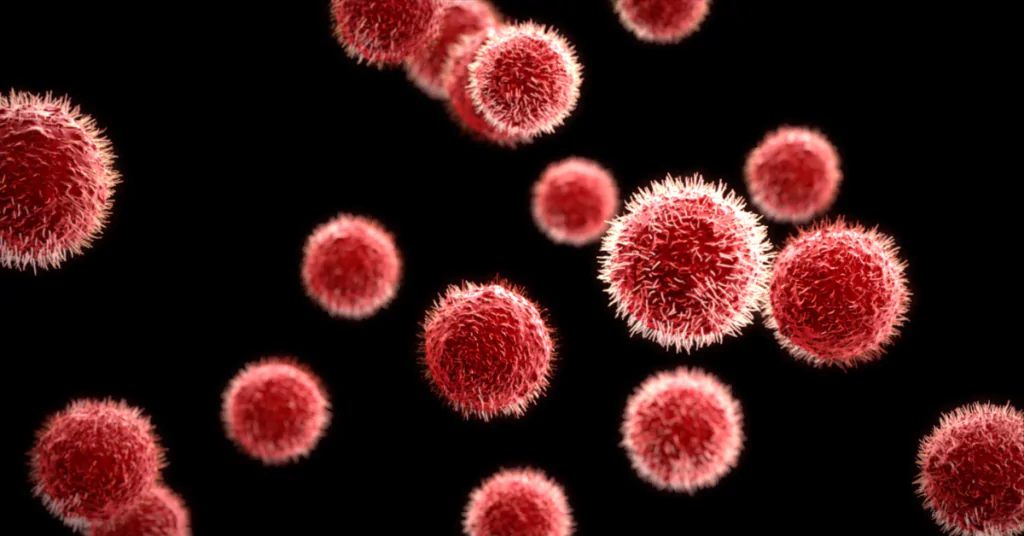The Role Of Chlorine Dioxide In Combating Microbes

Chlorine dioxide’s role in combating microbes: first used as a disinfectant since its discovery in 1814. Role of chlorine dioxide in combating the microbes. It is a yellow-green colored disinfectant gas with unique features to combat the microbes.
The oxidant property of chlorine dioxide makes it destructive for many microbes, including bacteria and fungi. It oxidizes the microbes during a chemical reaction, removing an electron out of them.
According to research and study in PMC, Chlorine dioxide was able to limit almost 98.2% of bacteria and fungi, including E. coli, Staphylococcus, Pseudomonas, listeria, salmonella, Candida albicans, etc.
How this action takes place
By drawing an electron out of microbes., it weakens the molecular bonds between them, which destroys the cell. This changes proteins’ structure, inhibiting enzymes and causing the death of microbes.
Research in Plos One shows that when CLO2 permeates microbe protein membranes, it kills them in varying times depending on size. The specialty of CL02 is it invades many proteins at once, which resists them from mutation and resistance against it.

While invading the fungal spores, it devastates and weakens the cell membrane and cell of them, which causes the outflow of fluid and cell substances, leading to the death of the cell.
Utilization of bactericidal properties of chlorine dioxide in surgeries:
Chlorine dioxide’s antimicrobial properties are already used in dentistry and surgery to sterilize equipment and surfaces that cannot be cleaned by autoclaving. The secret lies in its inability to react with water. It remains as an intact molecule in the water, all the while killing the microbes.
The research in AKJournals states that pure CLO2 can be used in dental and surgical practice because of its biofilm dissolving effect. The High level of toxicity towards microbes is also one of the primary reasons we use it in surgeries.
According to the Journal Acta Microbiologica et Immunologica Hungarica, chlorine dioxide is a potential disinfectant for oral infestation microbes and exhibits a powerful biofilm dissolving effect compared to the current antiseptics, consequently, high purity chlorine dioxide may be an innovative defensive and remedial adjuvant for in-home oral care and dental surgery practice.
Is chlorine dioxide better than chlorine?

Before the discovery of the bactericidal properties of chlorine dioxide, chlorine was used. But many lab tests have proven that chlorine dioxide is far more potent than the chlorine itself. And one of the significant disadvantages of chlorine is its unwanted reaction with water. Role of chlorine dioxide in combating the microbes. Since chlorine dioxide doesn’t have these issues, it is more effective and useful than chlorine.
Research shows that chlorine dioxide not only targets bacteria by attacking their cell membrane, but also effectively inactivates resistant fungal fragments. Damage to cells’ walls and membranes cause protoplasm leakage and death.
A study at the University of Pittsburgh, Pittsburgh, PA, USA, explains that. Chlorine dioxide can effectively prevent Pontiac fever among hospitals admitted patients. The credit goes to its bactericidal nature that minimizes the number of Legionella bacteria in the water.
Therefore, we can safely assume that chlorine dioxide effectively fights various bacterial strains and fungal fragments.
How much do I need?
Would you like to calculate how much you’ll need by answering a few short questions?



